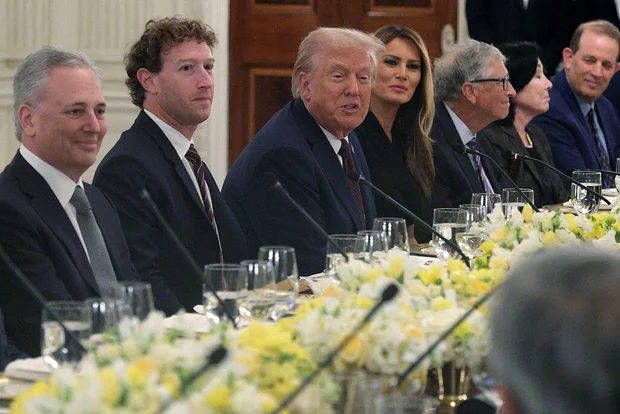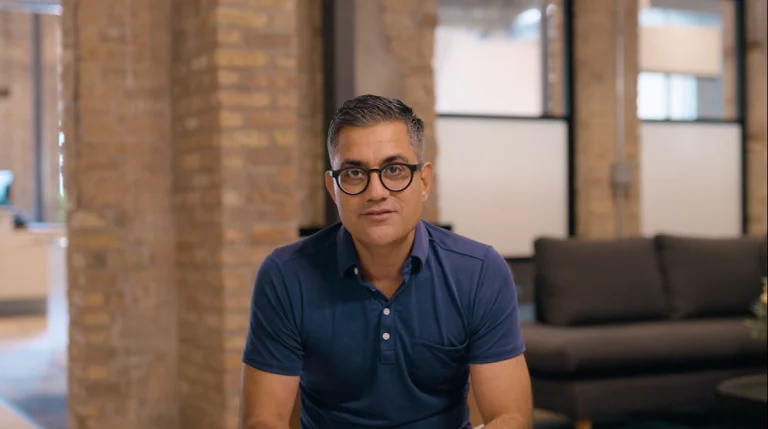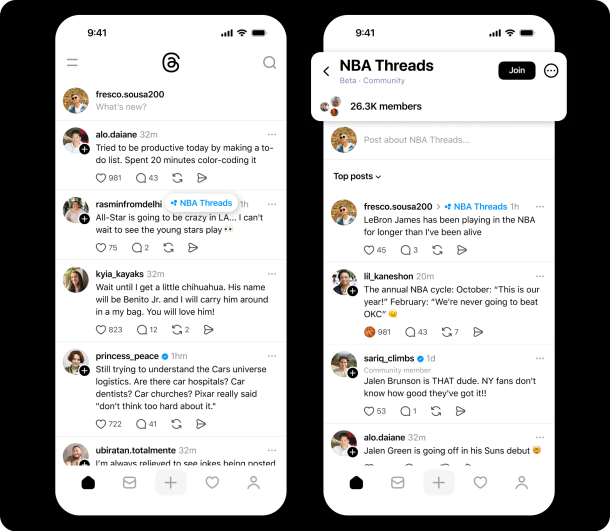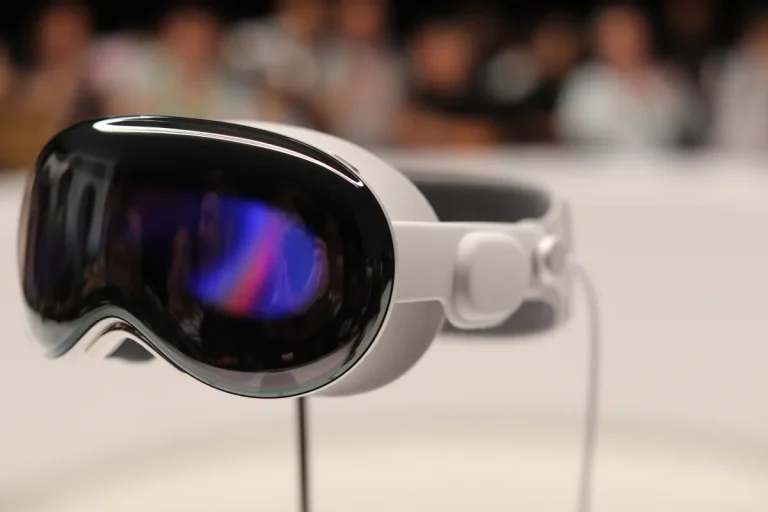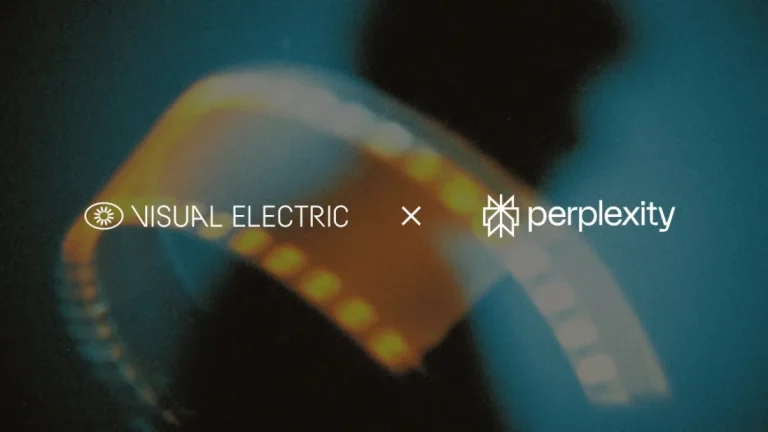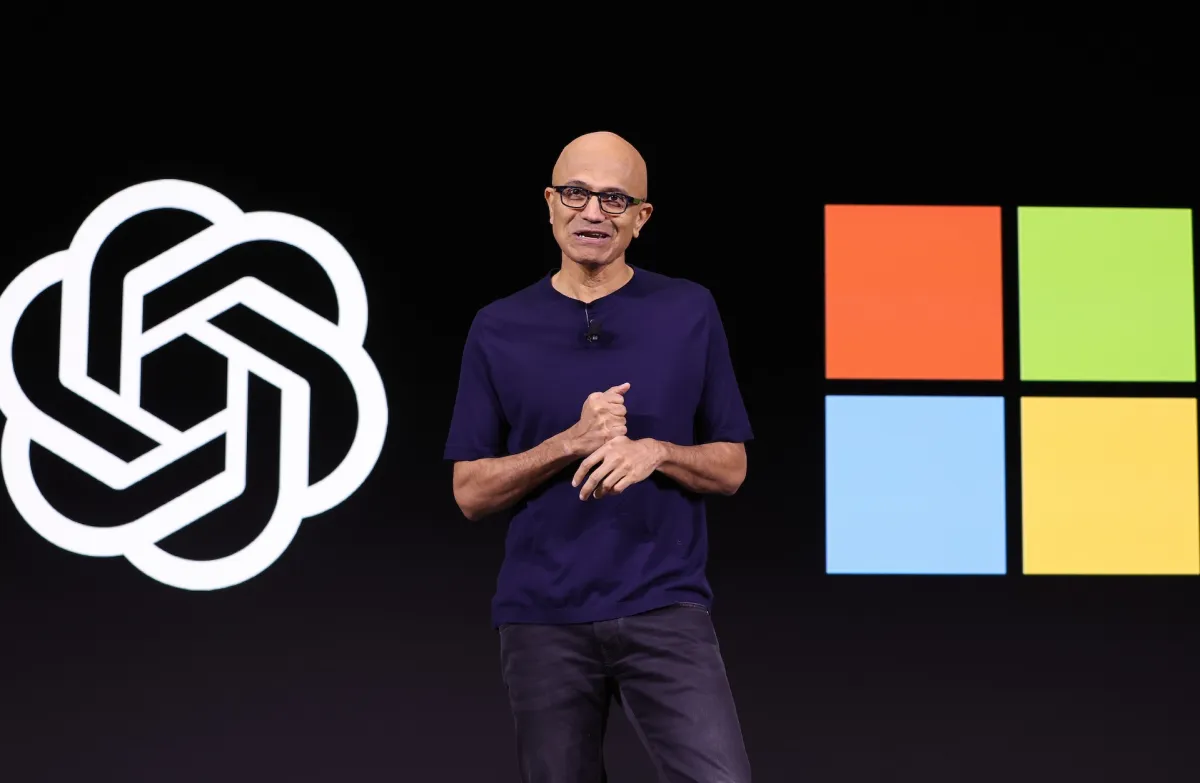
Remember when Microsoft and OpenAI were the AI dream team? Well, that partnership is hitting some turbulence — and not the light, “we’ll be fine in a few minutes” kind. According to the Financial Times, the two are now locked in what’s being described as a “tough negotiation” over control, equity, and the future of OpenAI’s structure.
Here’s the context: OpenAI recently revealed plans to restructure its business arm into a for-profit public benefit corporation (PBC). That move has been expected, but here’s the twist — OpenAI’s nonprofit board isn’t going anywhere. Even with the for-profit shift, the board will still be steering the ship, retaining ultimate control. And that’s not sitting entirely well with Microsoft, which has already poured $13 billion into the company.
Right now, the sticking point seems to be equity. How much of the new for-profit OpenAI should Microsoft own? And more importantly, what kind of access will it get to future technology? Sources close to the negotiations say Microsoft might be willing to give up some of its equity in exchange for extended access to OpenAI tech — beyond the current 2030 agreement.
But this is more than just a contract tweak. The relationship between the two is getting… complicated.
Microsoft’s Azure has been OpenAI’s infrastructure backbone. ChatGPT integrations are all over Microsoft 365. But OpenAI has been building its own cloud muscle, notably with “Stargate,” a massive AI supercomputing project that could reduce its reliance on Azure. Meanwhile, OpenAI is growing its enterprise offerings, directly courting the same Fortune 500s Microsoft wants to lock into its own Copilot ecosystem.
So what started as a partnership increasingly felt like a rivalry wrapped in a licensing deal. Microsoft wants long-term assurance that it’s not building a superintelligence engine for a future competitor. OpenAI, on the other hand, wants room to grow without giving up too much of its soul—or its future profits.
It’s a delicate balance of power, ambition, and trust. And the outcome of this negotiation might just define how the next decade of AI innovation — and commercialization — unfolds.


